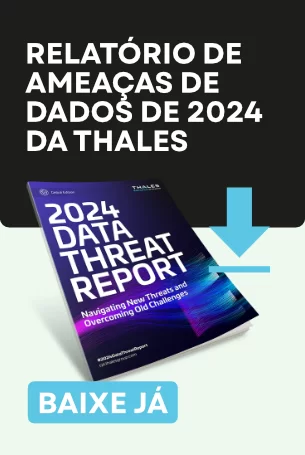In 2017, Gartner estimated that there would be 8.4 billion Internet of Things (IoT) devices in use by the end of that year – a 30% jump on 2016. That’s why it’s so important to invest in IoT protection
But all this advanced and integrated technology leaves room for possible security threats such as hackers and malware.
If you use a smart device, increase your security with these 7 IoT protection tips.
1. The first step to ensuring IoT protection is knowing what’s connected
Before you can protect your devices, you need to know what is vulnerable to attack.
In Brazilian homes, there are an average of five connected devices, including computers, tablets and smartphones.
Take a look at the connected devices in your home – in addition to those already mentioned, also games consoles, media players and anything with a microphone or camera – and check the information each one has access to.
2. Password protection for all devices and accounts
When it comes to IoT protection, this tip is super basic, but always worth remembering!
Every smart device you manage must be protected with a username and a strong password, which includes a combination of letters, numbers and symbols.
By the way, avoid using the same password for several accounts. After all, if you use it and a cybercriminal discovers this password, they will have access to several devices.
3. Avoid using insecure Internet connections
When you check your smart devices remotely, don’t use any WiFi that isn’t password-protected. Insecure connections can make your device vulnerable to attacks.
To increase IoT protection, it is essential to invest in network security, create strong passwords for router and WiFi connections and update them regularly.
Another important question is whether the digital environment of the site you are accessing is secure. To do this, check out our posts on How to tell if a digital environment is safe? and Shopping online.
4. For IoT protection, always keep operating systems and applications up to date
Companies that develop operating systems, software or applications often make available updated versions that present possible corrections to vulnerabilities.
Therefore, the advice is to always keep all the apps on smartphones, desktops, smart TVs, thermostats and more up to date.
After all, this will help protect devices from ransomware attacks and other malware.
|
|
5. Create a separate network for your devices
Many routers allow you to set up multiple networks. Consult your router’s manual to create at least one separate network for your IoT devices.
The more secure your networks are, the more difficult it will be for cybercriminals to hack into your devices and information.
6. Disconnect devices when not in use
To ensure IoT protection, it is also necessary to turn off all devices when they are not in use, especially those with microphones and video cameras.
While some connected devices, such as smart thermostats, require a constant internet connection, other devices – smart TVs, coffee makers and video cameras for example – do not.
Prevent cybercriminals from connecting to your video or audio streams by disconnecting when you can.
7. Take your time, be cautious and ensure IoT protection
Frank Spano, executive director of The Counterterrorism Institute, says moderation is needed when embracing IoT, as it presents a treasure trove of personal information, financial data and other sensitive elements.
The technology is incredible, and we really are living in the future, but a lack of IoT protection is a sure-fire recipe for disaster.
So be cautious. The main cause of security breaches remains user negligence. Educating people about usage policies is necessary.
Having a clear understanding of possible vulnerabilities and limiting control accessibility within the network is extremely important to prevent intentional sabotage.
The Internet of Things allows you to improve your daily life, business and simplify life. But we still don’t have a full understanding or standard of the hackers’ capabilities, in other words, we don’t have control over the internet.
Basically, we are still at the stage of creating internet technologies. So take the time to increase the security of your devices too.
By taking precautions in advance, you can help prevent malicious attacks.
About Eval
EVAL has been developing projects in the financial, health, education and industry segments for over 18 years. Since 2004, we have offered Authentication, Electronic and Digital Signature and Data Protection solutions. Currently, we are present in the main Brazilian banks, health institutions, schools and universities, and different industries.
With value recognized by the market, EVAL’s solutions and services meet the highest regulatory standards of public and private organizations, such as SBIS, ITI, PCI DSS, and LGPD. In practice, we promote information security and compliance, increase companies’ operational efficiency, and reduce costs.
Innovate now, lead always: get to know Eval’s solutions and services and take your company to the next level.
Eval, safety is value.







